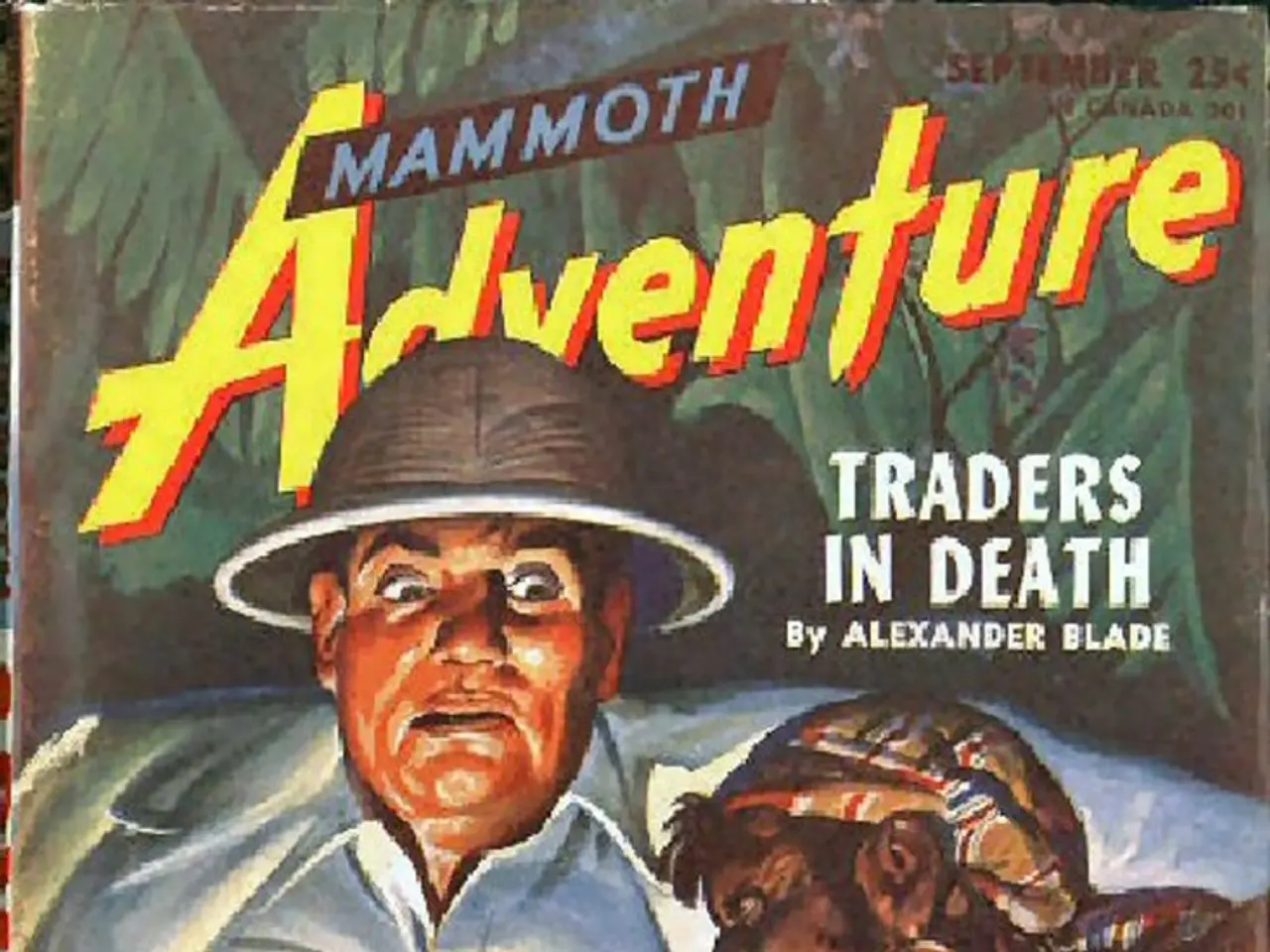European Identity Loss: Is It Turning into a Predictable Stereotype?
In the realm of fantasy literature, the European medieval setting has long been a popular choice, thanks to its cultural familiarity and rich mythological traditions [1]. This setting, with its sword-wielding heroes, castles, knights, and mythic creatures, offers a ready-made framework that resonates with many readers [1][2]. However, as young writer Jordan Jolley, currently working on the next chapter of his fantasy series The Tales of Draco, points out, this commonality can sometimes lead to redundancy.
Jolley, who has been devoted to writing since his days in elementary school and resides in Dayton, Idaho, is not advocating for the exclusion of European culture in fantasy. Instead, he encourages authors to look beyond the familiar and explore diverse mythologies and cultural perspectives from around the world [1]. This global approach can enrich the genre, offering readers a broader and more engaging fantasy landscape.
One way to achieve this is by setting stories in alternative historical periods or alternate realities, such as steampunk's 19th-century industrial aesthetic or a mythic past/future with different technological levels [2][3]. Another approach is to mix genres, blending fantasy with horror, science fiction, or alternate history to reinvent familiar fantasy elements with new thematic flavors [2][3].
Complex moral structures and anti-heroic characters that subvert traditional heroic fantasies can also add depth to the genre, incorporating moral ambiguity and nuanced social or political dynamics [1]. Inventing entirely new worlds or cultures, informed by but distinct from real-world history, can provide fresh social orders, magic systems, and cultural interactions [1][5].
Even when incorporating European settings, Jolley suggests that introducing different settings, such as Chinese or Middle-eastern cultures, can help make a fantasy story unique. This combination of cultures can create unique settings that challenge traditional assumptions and breathe new life into the genre.
In conclusion, while the European medieval setting remains a staple in fantasy due to its tradition and familiarity, alternatives that incorporate different cultural perspectives, historical eras, and genre blends help create originality and broaden the fantasy landscape [1][3][5]. For those interested in delving deeper into the world of fantasy, the articles "6 Telltale Signs You're Reading an Epic Fantasy Novel" and "The Low-Down on Urban Fantasy" can provide additional insights.
Fantasy books, like Jolley's The Tales of Draco, often draw inspiration from various cultural mythologies and perspectives, rather than relying solely on European traditions (1). Authors, therefore, can use entertainment beyond just offering tales of sword-wielding heroes and mythic creatures, by exploring diverse fantasy landscapes that enrich the genre (1).







